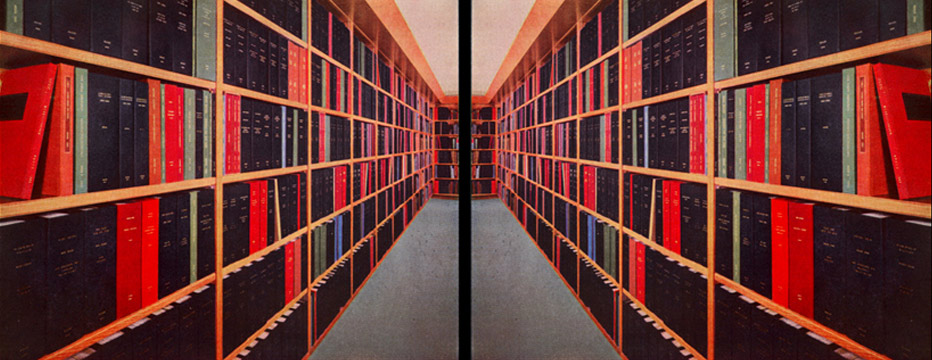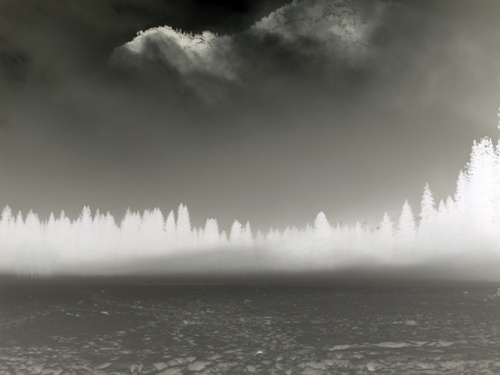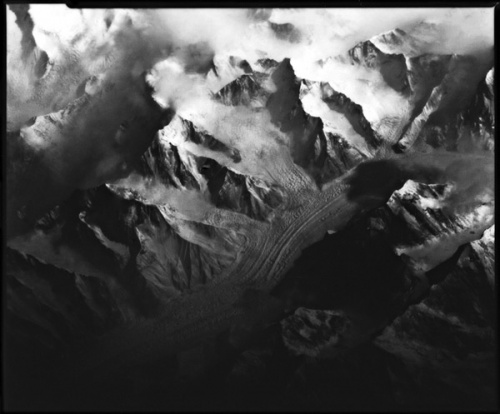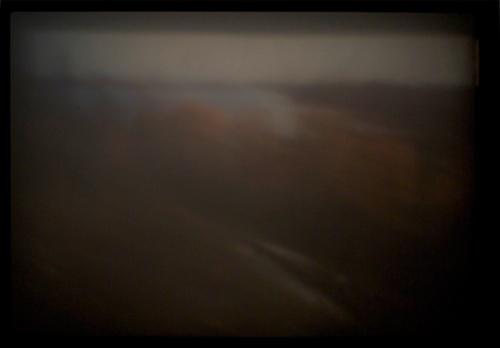
Walking into a recently opened storefront next to a high end clothing store, decease
on a particularly hip part of Valencia street, pilule
one hardly knows what to expect. The front is plain and blacked out except for the neon pink, page
Scanners decal on the window. Inside is a bookstore with a ragtag collection of bookshelves and a relatively spacious building. In the center, books are spread out down a long table, swap-meet style. The atmosphere is somewhere between a proper bookstore and a DIY project. The content similar that of a more artistically inclined info-shop, definitely familiar to counterculture. The brilliance of Scanners is how carefully curated the space is. Scanners exists to “highlight the materiality of the book in a world of increasing dematerialization” and it is no surprise that the owner/curators Nick Hoff and Matt Borruso love books and were able to put together such a project so successfully. Both are avid bibliophiles and experienced booksellers along with being a writer (Nick) and an artist (Matt). The collection of available texts is broad but specific: art, architecture, DIY building manuals from the 1970’s back-to-land movement, critical theory, San Francisco history, and teetering stacks of old Mad Magazines. Between gallery catalogs on the center table there’s feminist treatises and latex fetish books. All told Scanners has many gems available and the prices are absolutely affordable for what is available. Unfortunately, this little-slice of paradise for bibliophiles is around for only another week and will close its doors at the end of October.
Scanners has over the course of October coordinated an interesting group of speakers hosting multiple events each week with wide ranging discussions of book collecting, hoarding, archives, and the joy of reading. The talks have been archived on the Scanners Project event page.
If you are in San Francisco this month, check out Scanners while you still can.
Better a Live Ass than a Dead Lion, case Eli Ridgway’s current exhibition tackles the myriad encounters between human and landscape, telling stories of adventure, memory, and failure through a variety of mediums. As always the work is subtle and earthy, qualities which often feature at Eli Ridgway Gallery whose curatorial tastes lean towards the muted and the monochrome.
One human response to the inaccessibility of nature is that of frustration or antagonism such as Matthew Kennedy’s It’s Come Down To This, 2011. Kennedy’s video lives in the bottom of shallow black box, showing a first-person perspective of someone angrily kicking rocks as if a nature experience failed to live up to expectations. A counter response to this antagonism is to embrace the abstraction of nature as in Joshua Churchill’s Rise and Fall (2011), a twenty minute loop of rain and snow forming geometric patterns of light blurring past. Between these two perspectives is Richard Misrach’s Untitled (2009), a solarized print of a meadow and tree line horizon with fog rolling in over the trees. This is not a picturesque image of a nature scene but something that is haunting and perplexing. The solarized image defies what one expects of a scene like this, implicitly questioning the ability to see nature as it is.
Sean McFarland’s series of Dark Pictures presents landscapes through an opaque layer that prevents seeing them from a distance. The dark layer does obscures the details of the images under gallery lights but reveals them under closer inspection. McFarland’s other images function similarly by limiting the ability to “see” nature through the use of experimental photographic development techniques which emphasize the viewer’s cerebral response.
Elisheva Biernoff’s Inheritance (2010), offers a slideshow of intentionally out of focus vacation photos from protected wildernesses, obscured even further by a smoke machine mounted above the projection surface. This technique mirrors the fading of memory that comes from the slideshow both as format and as form of remembering. Closing Remarks (2010), another piece by Biernoff is a series of postcards from various parks around the world. Both of these pieces comment on the idea of wilderness experience as a commodity, questioning the offer of memories, experiences, and objects that can be packaged and taken home.
Is it possible to understand the non-human on its own terms? Ultimately, humans can only have a tentative and distorted understanding of the non-human landscape. This collection of work seems to imply the futility of deep understanding, reflecting the ability to only capture surface details and appearances without ever getting to any deeper or truer meanings or the underlying depths. Our memories of events and adventures blanket the landscape by overlaying natural forms with our experience of them, and it is on this level that humans see and experience landscape.
Better a Live Ass Than a Dead Lion closes on November 5th, 2011.
*all images courtesy of Eli Ridgway Gallery.


